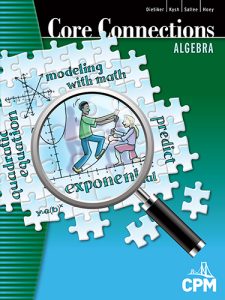
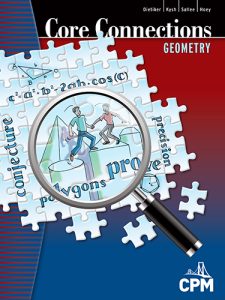
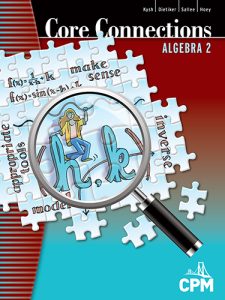
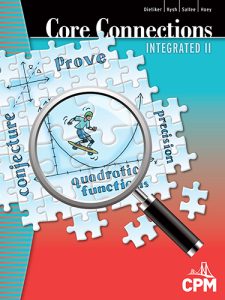
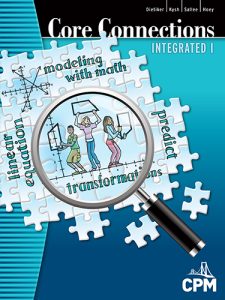
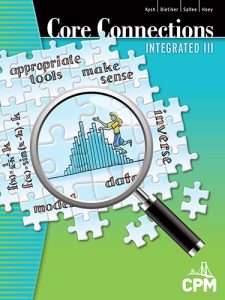
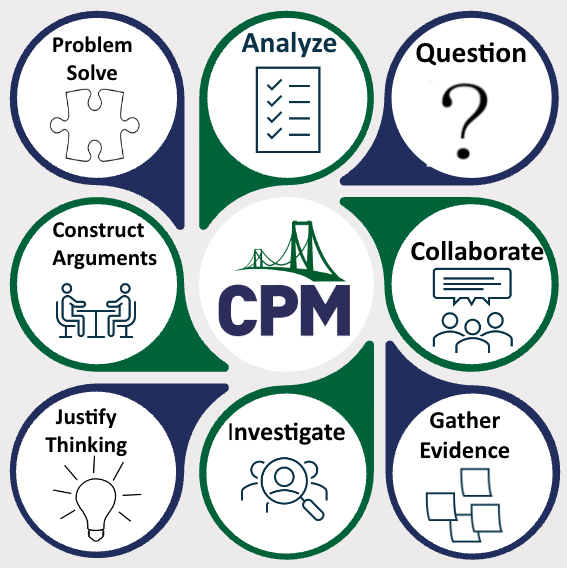

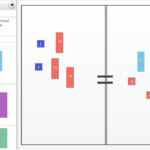


Core ideas are synthesized in “Math Notes” boxes, placed purposefully, often falling one or more lessons after the initial introduction of a concept. This allows students time to explore and build conceptual understanding of an idea before they are presented with a formal definition, algorithm or summary of a mathematical concept.
Checkpoints indicate to students where fluency with a skill should occur. Each checkpoint problem has the topic clearly labeled and the solution. Checkpoints also offer examples with detailed explanations, complete solution of the checkpoint problem, and more practice problems with answers included.
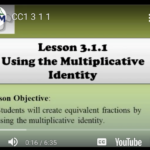
© 1989-2025 CPM EDUCATIONAL PROGRAM All rights reserved. CPM Educational Program is a 501(c)(3) educational nonprofit corporation.